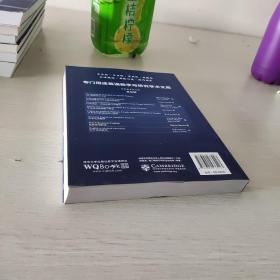br />
Acknowledgements and thanks vii
I Introduction ;1
1.1 Why this book? ;1
1.2 What is Business English?;2
1.3 Why is Business English special? ;6
2 Setting things up for success 8
2.1 Customer care ;8
22 Initial contact with clients;9
2.3 Needs analysis interviews ;12
2.4 Placement testing ;14
2.5 Decision-making ;22
2.6 Liaison ;23
3 Starting up courses 25
3.1 Confirming agreements and decisions 25
3.2 Planning to accurately reflect needs analyses ;27
3.3 Selecting and using materials ;36
3.4 Thinking how to address students ;40
3.5 Starting the course ;42
3.6 Encouraging student self-reliance ;53
4 Day-to-day concerns ;67
4.1 Planning on a day-to-day basis ;67
4.2 Selecting and using methods 69
4.3 Warming into things ;73
4.4 Presenting language 96
4.5 Feedback and correction ;106
4.6 Awareness-raising 111
4.7 Ongoing adjustment of the needs analysis ;124
5 Developing students' skills 126
5.1 Tips for success 126
5.2 Talking to clients 127
5.4 Telephoning ;145
5.5 Dealing with visitors ;157
5.6 Talking to colleagues 167
5.7 Reporting to foreign managers ;175
5.8 Presentations and Q&A sessions 185
5.9 Meetings ;201
5.10 Negotiating ;214
5.11 Note-taking ;230
5.12 E-mail, faxes and memos 236
5.13 Report-writing ;260
5.14 Understanding the news
6 Solving or avoiding problems 277
6.1 Absenteeism and lateness 277
6.2 Low motivation ;280
6.3 Mixed-status classes ;284
6.4 Mixed-level classes ;286
6.5 Unexpected students and unplanned changes ;288
6.6 Bad feedback ;289
6.7 Lack of expertise ;291
7 Assessing students' progress ·293
7.1 What's important? What's possible? 293
7.2 Periodic achievement tests;295
7.3 Portfolio assessment ;301
7.4 End-of-course tests 303
7.5 External examinations ;315






 直播中,去观看
直播中,去观看